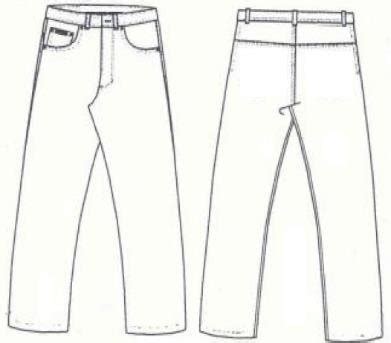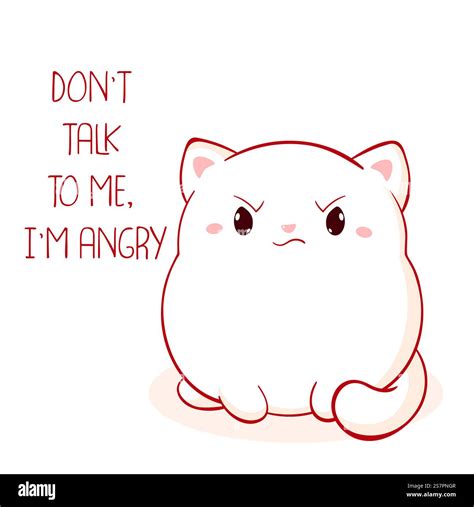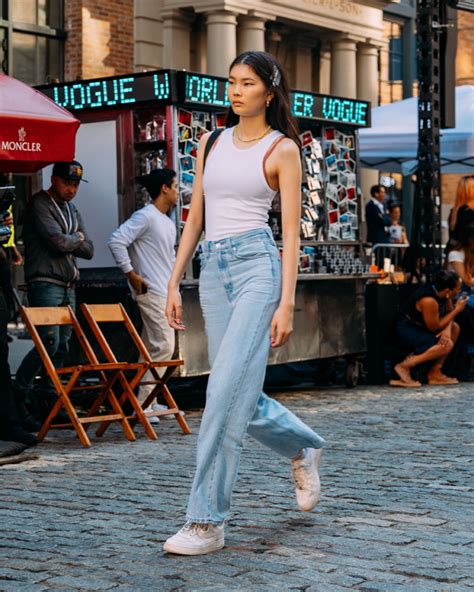Achieving the perfect fit for tailored trousers goes beyond waist and inseam; the way your pant leg meets your shoe, known as the ‘cuff break,’ is a subtle yet significant detail that can elevate or detract from your overall look. This seemingly minor element plays a crucial role in conveying style, sophistication, and modernity.

Understanding the Cuff Break
The cuff break refers to the small crease or fold that forms when the hem of your trousers rests on the top of your shoes. It’s a key indicator of your sartorial precision and can subtly influence the perceived length of your legs and the formality of your outfit. A well-chosen break ensures a clean line, preventing excessive bunching or an ankle-flashing ‘flood.’
Types of Cuff Breaks
No Break (or Kiss Break)
The hem just barely grazes the top of the shoe, with no discernible fold. This contemporary look often extends the leg line and is popular with slimmer cuts and modern styling, revealing no sock when standing but perhaps a sliver when seated.
Slight Break
A single, soft ripple forms at the front where the trousers meet the shoe. This is arguably the most versatile and popular option, offering a clean aesthetic without being overly aggressive. The back typically falls just to the top of the shoe’s heel.
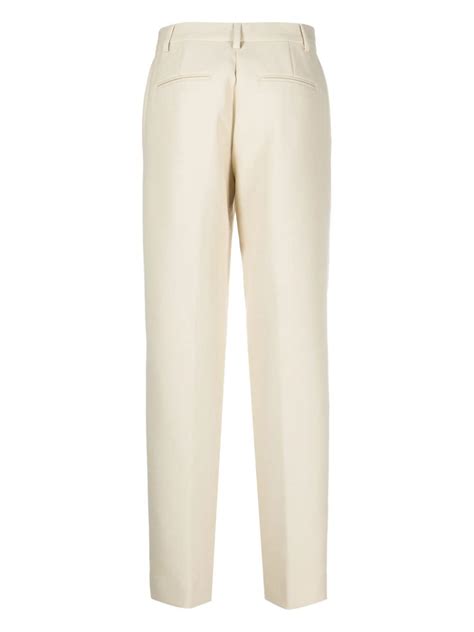
Medium Break
A more pronounced fold, typically with one or two small creases. This traditional break offers a classic, slightly more relaxed feel, suitable for fuller-cut trousers and timeless styles. The back should comfortably rest around the middle of the shoe’s heel counter.
Full Break
Multiple, deeper folds accumulate at the ankle, indicating a longer trouser length. While once common, it’s now largely considered dated, often associated with a more casual or less precise look, though some embrace it for its vintage appeal with wider leg openings.
Factors Influencing Your Choice
Personal Style and Preference
Your individual taste is paramount. Do you prefer a sharp, modern silhouette or a more relaxed, traditional drape?
Occasion and Formality
Formal wear generally leans towards a no break or slight break for a crisp appearance, while business casual might allow for a slight to medium break.
Shoe Type
The shoes you wear most often with the trousers are critical. Bulkier shoes (e.g., Oxfords, brogues) might accommodate a slightly longer pant length and a touch more break than sleeker loafers or dress boots.
Trouser Cut and Fabric
Slimmer, tapered trousers usually pair best with a no break or slight break to maintain their streamlined silhouette. Wider leg trousers can handle a slight to medium break more gracefully. The fabric’s drape also matters; heavier fabrics tend to create a more defined break.
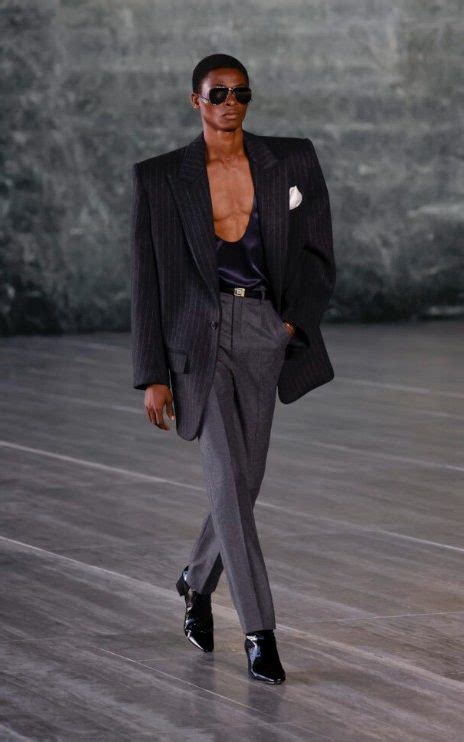
How to Determine Your Ideal Break
To determine the perfect break, always try on the trousers with the specific shoes you intend to wear. Stand naturally, looking straight ahead, then take a few steps. For a no break, the hem should just skim the top of your shoe. For a slight break, the hem should barely touch the top, creating a single, subtle fold. For a medium break, the hem will create a more noticeable fold, covering more of the laces. Remember that trousers can appear shorter when seated, so ensure comfort and coverage in both positions.
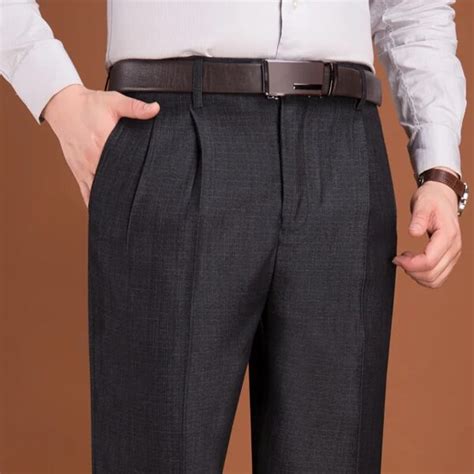
Ultimately, the appropriate cuff break for tailored trousers is a blend of personal preference, modern trends, and practical considerations. By understanding the nuances of different breaks and how they interact with your shoes and trouser style, you can achieve a polished and intentional look that speaks volumes about your attention to detail and sartorial acumen. Consult with a skilled tailor who can offer expert advice and precise alterations to perfect your trouser length.
